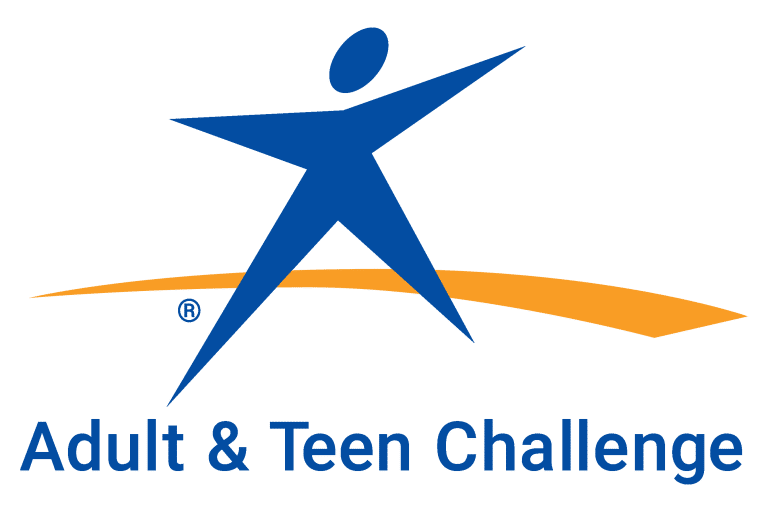If you have been around Teen Challenge very long at all you know there are conflicts; it’s a fact of life. Even if you have just been around non-Christians, …. or Christians ……………OK – pretty much if you breathe, you know that there are going to be conflicts.
“Shut-up, stop arguing, and get to work,” is not the way to train students to deal with conflict, although, it is often the easy way out that we, as staff, want to take. But we are shirking our responsibility if we avoid conflict.
In a sin-filled, addicted life, two extremes are often observed with regards to the way students handle conflict. One is angry outburst and the other is avoidance. Both are used as an excuse to get high or drink. If students do not learn proper conflict resolution skills they will easily default to, “I deserve a drink,” when they face a conflict. SO, it is very important that we model proper conflict resolution, train students with conflict resolution skills and provide tools (models) they can remember and implement.
In this Resolving Conflict series we will cover:
- What is conflict?
- Consequences
- Self-evaluation
- Conflict styles
- Conflict resolution skills
What is Conflict? Conflict is defined as:
- Controversy; quarrel
- Discord or disagreement in feeling, actions; difference of opinion
- Incompatibility or interference of one idea, desire, event, or activity with another
- A perceived divergence of interest, or belief that the parties’ current aspirations (goals) cannot be achieved simultaneously: That is a belief (not necessarily a fact) that if you get what you want, I can’t get what I want.
To help us understand conflict let’s identify some causes and sources. What are the sparks that ignite controversy? Here are a few to think about and discuss with fellow staff members. You may want to add to the list.
- Unresolved prior conflicts: Nursing wounds or bruised egos from previous disagreements.
- Miscommunication : This can have various facets:
- Lack of information or communication.
- Message was communicated poorly or incorrectly.
- Misunderstandings: Different interpretation of the same information. Many differences and offenses are the result of misunderstanding rather than actual wrongs. This is probably much more common than we realize.
- Incompatible or overlapping responsibilities or assignments.
- Responsibility ambiguity: Students are unclear about their roles. Students are given jobs, tasks, responsibilities that are not appropriate for them (their skills, gifts).
- Power struggle: The distribution of resources and responsibilities is unclear. Ownership, control misunderstood or not respected.
- Stressful conditions: presently or outside of TC.
- Personal differences in values, goals, or styles:
- Differing goal or desired outcome.
- Not understanding each other’s interests or desires.
- Or we have the same interests but how to get there is in conflict; that is we want the same thing but don’t agree how or when to get there.
- Stylistic differences not understood or valued. There are different personality types. There are doers, thinkers and feelers; there are those who are task oriented or people oriented.
- Misunderstand or disregard what is important to the other; their values.
- My personal misplaced values or goals.
- Unresolved Personal Issues: There is that person that no matter where they go there is controversy. Bad attitude; carrying a chip around on their shoulder.
- Personal offense to hurtful words or actions
- Difference of opinion
- Spiritual Battles
James 4:1-3 says, “What causes fights and quarrels among you? Don’t they come from your desires that battle within you? You want something but don’t get it. You kill and covet, but you cannot have what you want. You quarrel and fight. You do not have, because you do not ask God. When you ask, you do not receive, because you ask with wrong motives, that you may spend what you get on your pleasures.”
So what is the primary source for conflict? Selfish desires.
When we define conflict and we are able to pinpoint the cause – we are well on our way to being able to resolve the conflict. Use this as a check list next time you observe student conflict, or to analyze your own conflicts for that matter.
Think about it
We will never eliminate conflict amongst the students, nor should we try. However, we should ensure we do not have structures, policies or practices that create it. As a team do some ministry self- evaluation. What are some ways you could use this information to prevent conflict? A few ideas:
- Clear job descriptions
- Clearly written policy and procedures manual
- Communicate with family members up front, verbally and in writing






